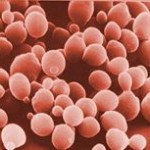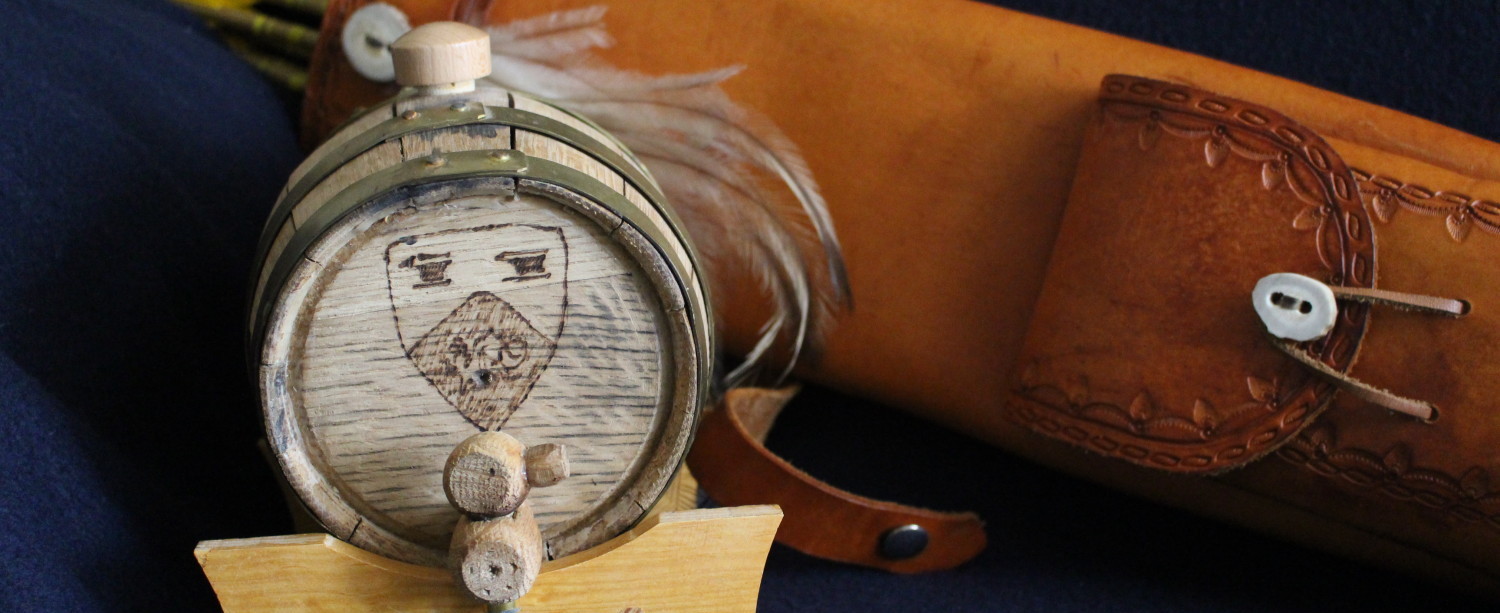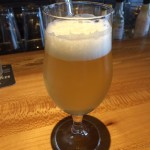Adventures in Yeast IV
In my previous posts, Adventures in Yeast I, II, and III, I discussed issues and speculation about the origins of lager yeasts in Medieval Europe.
Were the lager yeasts that we use today a result of selective pressure by brewers on ale yeasts available in the Middle Ages (S. cerevisiae)? In other words, did brewers “create” a cryrotolerant yeast by selectively exposing thermotolerant yeasts to increasingly cooler temperatures? Alternatively, some researchers have wondered if  today’s cryrotolerant lager yeasts (S. pastorianus) resulted from a hybridization of a thermotolerant ale yeast and some other yeast that conferred cryrotolerance on the resulting species. The evidence suggests that BOTH occurred. It appears that modern lager yeasts are the result of hybridization of S. cerevisiae and another yeast, and selective pressures by brewers have shaped the resulting hybrid over the centuries.
today’s cryrotolerant lager yeasts (S. pastorianus) resulted from a hybridization of a thermotolerant ale yeast and some other yeast that conferred cryrotolerance on the resulting species. The evidence suggests that BOTH occurred. It appears that modern lager yeasts are the result of hybridization of S. cerevisiae and another yeast, and selective pressures by brewers have shaped the resulting hybrid over the centuries.
At present, the most likely candidate for hybridization with S. cerevisiae is a newly isolated yeast, S. eubayanus (Libkind, et al., 2011; Bing, et al., 2014). S. eubayanus appears to account for over 99.5% of the non-cerevisiae component of modern lager yeasts (S. pastorianus or sometimes called S. carlsbergensis). S eubayanus has thus far been isolated in Patagonia, China, Tibet, and Wisconsin. S. eubayanus has yet to be isolated in Europe, but it is possible that it arrived in Europe in the Middle Ages via trade from Asia and possibly the New World.
As more research emerges, it points to the notion that two major lineages make up our current lager yeasts most often used in brewing: Saaz and Frohberg (named after the regions in which they were first isolated). They have many significant differences.
Saaz. Some researchers refer to this lineage as Group I (some also prefer to refer to Saaz as S. carlsburgensis). Saaz yeasts can ferment at lower temperatures (5 degrees) and, generally, have less efficient fermentation properties due to reduced maltose and maltotriose utilization (Gibson, et al., 2013). When we look at the genetics of Saaz we find it to be an allotriploid (3 sets of chromosomes). This triploidy is represented by one full diploid S. eubayanus and one haploid S. cerevisiae (Walther, et al., 2014). This configuration makes the Saaz lineage more like S. eubayanus than like S. cerevisiae, which may account for its ability to ferment at lower temperatures, a characteristic of S. eubayanus (Gibson, et al., 2013). There is also some evidence that the Saaz yeasts produce lower levels of several flavor compounds (Gibson, et al., 2013).
Frohberg. Some researchers refer to this lineage as Group II (some also prefer to refer Frohberg as S. pastorianus). Frohberg yeasts ferment at higher temperatures in comparison to Saaz (14 degrees). Maltose and maltotriose are utilized much more efficiently by the Frohberg yeasts, which may account for the fact that they are used much more frequently in commercial brewing (Baker, et al., 2015). The ability to ferment at higher temperatures may be due to Frohberg’s genotype. It is an allotetraploid (4 sets of chromosomes), constructed of one full diploid S. eubayanus and one full diploid S. cerevisiae (Walther, et al., 2014).
One question that remained unanswered since the discovery of the S. eubayanus hybrid is whether the two lineages of modern lager yeasts developed independently as a result of two separate hybridization events or if both are linked to a single event (Dunn and Sherlock, 2008; Walther, et al., 2014; Wendland, et al., 2014). Some researchers have argued that the Frohberg lineage appeared first and that the Saaz lineage is an offshoot of the Frohberg (Walther, et al., 2014; Wendland, et al., 2014). However, studies up through mid-2015 were based on incomplete S. eubayanus genome assemblies. In August, 2015, Baker, et al. (2015) reported support for separate hybridization events based on a nearly complete genome assembly of S. eubayanus. They suggest that the two hybrid events involved nearly identical S. eubayanus strains but different S. cerevisiae strains. Furthermore, Baker, et al. suggest that the diversity observed between the S. cerevisiae components of the Saaz and Frohberg lineages need more than the 500 years to account for the differences, making a single hybrid event unlikely.
Baker, et al. (2015) also discuss some of the specific genes that encode for the utilization of maltose and maltotriose as well as some of the possible changes in lager yeasts due to selective pressure by brewers. This publication, and many others over the last 3-4 years, has ushered in an exciting time for researchers and brewers interested in the origins of cold fermentation in the Middle Ages. While there are still many unknowns, this yeast archaeology may give us greater insights into how 15th/16th century brewers came to use cryrotolerant yeasts and how they may have begun to shape the evolution of these hugely commercially valuable microorganisms. The research also may give us more insight into possible flavor profiles that are possible with new hybrids (Krogerus, et al., 2015).
Link to Adventures in Yeast V.
References
Baker, E. C., et al. (2015). The Genome Sequence of Saccharomyces eubayanus and the Domestication of Lager-Brewing Yeasts. Molecular Biology and Evolution, DOI: 10.1093/molbev/msv168, Accessed online, August 27, 2015.
Bing, J., Han, P.J., Liu, W.Q., Wang, Q.M., & Bai, F.Y. (2014). Evidence for a Far East Asian origin of lager beer yeast. Current Biology, 24(10). R380-381.
Dunn, B., & Sherlock, G. (2008). Reconstruction of the genome origins and evolution of the hybrid lager yeast Saccharomyces pastorianus. Genome Research, 18, 1610-1623.
Gibson, B, R., Storgards, E., Krogerus, K., & Vidgren, V. (2013). Comparative physiology and fermentation performance of Saaz and Frohberg lager yeast strains and the parental species Saccharomyces eubayanus. Yeast, 30, 255-266.
Krogerus, K., Magalhaes, F., Vidgren, V., & Gibson, B. (2015). New lager yeast strains generated by interspecific hybridization. Journal of Industrial Microbiology and Biotechnology, 42, 769-778.
Walther, A., Hesselbart, A., & Wendland, J. (2014). Genome sequence of Saccharomyces carlsbergensis, the world’s first pure culture lager yeast. G3: Genes, Genomes, Genetics, 4, 783-793.
Libkind, D., Hittinger, C. T., Valerio, E., Goncalves, C., Dover, J, Johnston, M., Goncalves, P., & Sampaio, J. P. (2011). Microbe domestication and the identification of the wild genetic stock of lager-brewing yeast. Proceedings of the National Academy of Sciences, 108, 14539-14544.
Wendland J. (2014). Lager yeast comes of age. Eukaryotic Cell, 13, 1256–1265.


Pingback:Adventures in Yeast VI | Casks and Quivers